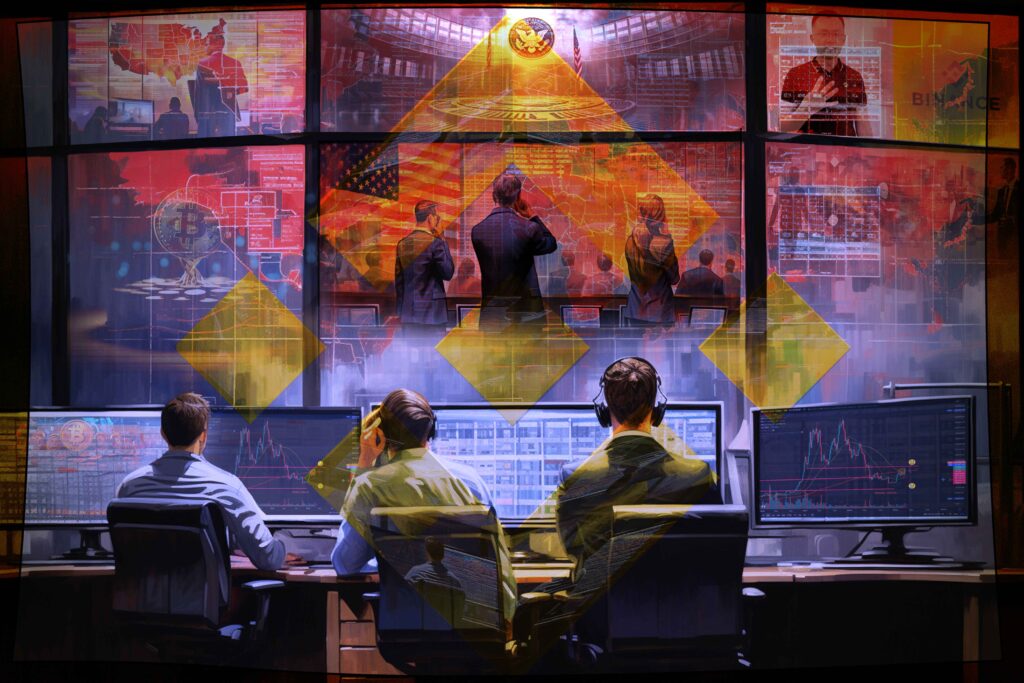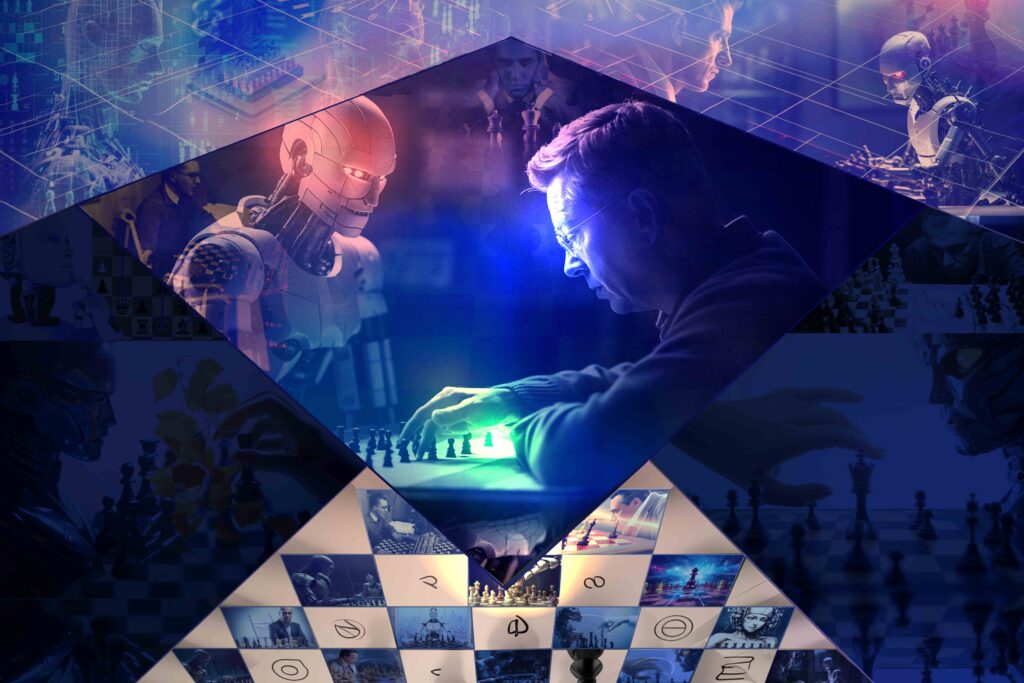Introduction
The growing global Web3 hub of Dubai hosted the a well-attended Cardano Summit 2023 Nov 2-4. With over 30,000 attendees representing a diverse range of industries and countries, the packed 3-day affair showed Cardano’s expanding influence in the Middle East and North Africa (MENA) region and the course it’s charting in 2024 and beyond.
The summit’s main themes were adoption and impact. This tells us something about where the Cardano network stands in its journey to innovate in blockchain technology.
As the world’s premier peer-reviewed blockchain, the layer-1 network’s flagship network edition was fertile ground for a wide range of high-quality discussions on its future and demonstrations of its present capabilities, including SingularityNET’s long-anticipated launch of AGIX staking on Cardano.
This overview delves into the summit’s day-by-day activities, big announcements, and the future trajectory of Cardano in 2024. You can view some of the keynotes, panels and highlights at the Cardano Summit 2023 playlist on YouTube here.
Day-by-Day Overview
November 2nd: Inaugural Networking and ‘Battle of the Builders’
The summit kicked off with a networking soirée, featuring the ‘Battle of the Builders’. Sponsored by notable entities like the Cardano Foundation, CV Labs, and EMURGO, this event spotlighted the Cardano Market, an exhibition space for Summit participants, and an NFT Gallery. The evening successfully showed Cardano’s commitment to fostering innovation and entrepreneurship within its ecosystem.
Summit Day One – Emphasis on Governance and Education
The first official day of the summit was marked by over 55 speakers engaging in keynote talks, panel discussions and masterclasses about operational resilience and the importance of education in blockchain.
Panels explored the foundations of blockchain, and the importance of community engagement and transparency kept cropping up as a recurring theme.
- Frederik Gregaard, CEO of the Cardano Foundation, discussed the importance of consent and operational resilience in the digital age, and how Cardano is enhancing social systems.
- Panels such as ‘Essential Governance: Building Strong Blockchain Foundations’ delved into the intricacies of creating robust blockchain platforms, emphasizing governance models and processes.
- Additionally, the importance of transparency and community engagement in Cardano’s age of Voltaire was a key discussion point, highlighting its commitment to an open and participatory ecosystem.
In the evening, Cardano Summit attendees were treated to a traditional Middle Eastern feast in the world’s fifth-largest desert – an atmospheric setting to network and share ideas.
Summit Day 2 – Focus on Adoption, Impact, and Blockchain for Good
The final day of the summit featured a plethora of workshops and panel discussions, with more than 70 speakers. The sessions focused on a range of topics, from the adoption and impact of blockchain technology to its potential in various sectors like agriculture, law enforcement, and decentralized social media.
One of the panels, ‘Dubai’s Web3 Evolution’, explored how Dubai is positioning itself as a global center for Web3, highlighting the region’s forward-thinking regulations and infrastructure. The importance of open-source contributions and community involvement in such projects was also a prominent theme.
The day culminated in the Gala Awards Dinner, where the winners of the Cardano Summit Awards and the inaugural Summit Hackathon were announced, celebrating the creativity and dedication within the Cardano community.

SingularityNET Unveils AGIX Staking on Cardano
With AI being the talk of the town in 2023 and probably 2024, a highlight of the summit was the announcement of the upcoming launch of pioneering decentralized AI platform SingularityNET’s AGIX staking on the Cardano blockchain.
The staking solution is designed to be convenient, secure, and rewarding, supporting the growth of the SingularityNET platform. In this way, users can generate a yield from holding the token and contribute to the adoption of Cardano and SingularityNET.
SingularityNET COO Janet Adams and Chief AI Alchemist Dr. Mihaela Ulieru both participated in insightful panels discussing the convergence of AI and blockchain technology.
Adams was part of the panel on ‘Applying AI Research to Blockchain Business Models’, which delved into how blockchain could unlock access to extensive datasets for AI scalability and robust data management.
Ulieru’s panel, ‘Recalibrating Value, Identity and Impact through the Blockchain: The Cardano Impact Report’, explored sustainable blockchain impacts.
In an interview, Adams talked about the close relationship between founder Ben Goertzel and Cardano founder Charles Hoskinson, and named three reasons for their alignment:
- common vision and goal for positive impact on humanity
- the mathematical foundation of the Cardano blockchain
- the strength of the community, which she called the most passionate in the world
Attendees had the opportunity to interact with the SingularityNET team, learn about their staking solution, and engage with other SingularityNET ecosystem projects like Rejuve.ai and NuNet.
Other Cardano Summit 2023 Highlights
Midnight Network Partnership
A major announcement was the IOG’s partnership with the Midnight Network, leveraging Polkadot’s Substrate framework. This collaboration highlights a significant stride in privacy-focused blockchain applications and incoming partner chains for Cardano.
MinSwap Recognition
MinSwap highlighted its significant contributions to the Cardano ecosystem as well as its thriving developer community and portfolio of innovative projects.
Tadamon Partnership with UNDP
The Cardano Foundation’s partnership with Tadamon, a UNDP-led initiative, underscores Cardano’s commitment to leveraging blockchain for societal empowerment across Africa, the Middle East, and Asia.
Battle of the Builders
In the Battle of the Builders competition, the final ten contestants demonstrated the vibrancy and versatility of the Cardano blockchain.
- NMKR – NFT creation and secondary marketplace
- NEWM – music streaming governed by musicians
- Xerberus – digital asset portfolio risk management
- FiDa – insurance contract tokenization
- Mehen USDM – bridging traditional finance and blockchain
- Iagon – AI-driven shared storage platform
- Maestro – Web3 stack for DApps and smart contracts
- zkFold – scaling solution for Cardano
- Finest – platform for trading tokenized real-world assets
- TVVIN – improving accessibility to traditional assets
Winning Projects
- First Place: Maestro won first place. Its platform allows users to build Web3 applications such as DeFi protocols, NFT marketplaces, blockchain analytics platforms, and wallets.
- Second Place went to Newm, a music streaming marketplace governed by musicians and their fans.
- Third Place: ZK Fold, a zero-knowledge rollups scaling solution for the Cardano blockchain.
What’s Next For Cardano in 2024?
Cardano’s milestone Dubai event had a few initial technical hiccups but ultimately showcased the current capabilities of the Cardano ecosystem and set the stage for its future evolution which could one day see it rival Ethereum.
As the blockchain ventures into new regions and integrates cutting-edge technologies like AI through projects like SingularityNET, it is poised to attract more developers and projects, which are the lifeblood for any Web3 network.
The momentum generated at the summit and the strategic partnerships formed are indicative of Cardano’s promising trajectory in the blockchain space, and the commitment of its community – which was one of the strongest during 2021’s bull run – remains strong.
With its focus on innovation, community engagement, and global impact, Cardano is well-positioned to continue its growth trajectory and play a significant role in the blockchain industry in 2024 and beyond.
Regulatory issues in certain jurisdictions still linger, but it’s clear that progressive new destinations such as the UAE are ready to take up the baton of innovation and partner with Cardano and its blossoming ecosystem.
Let us know your thoughts! Sign up for a Mindplex account now, join our Telegram, or follow us on Twitter.














.png)

.png)


.png)